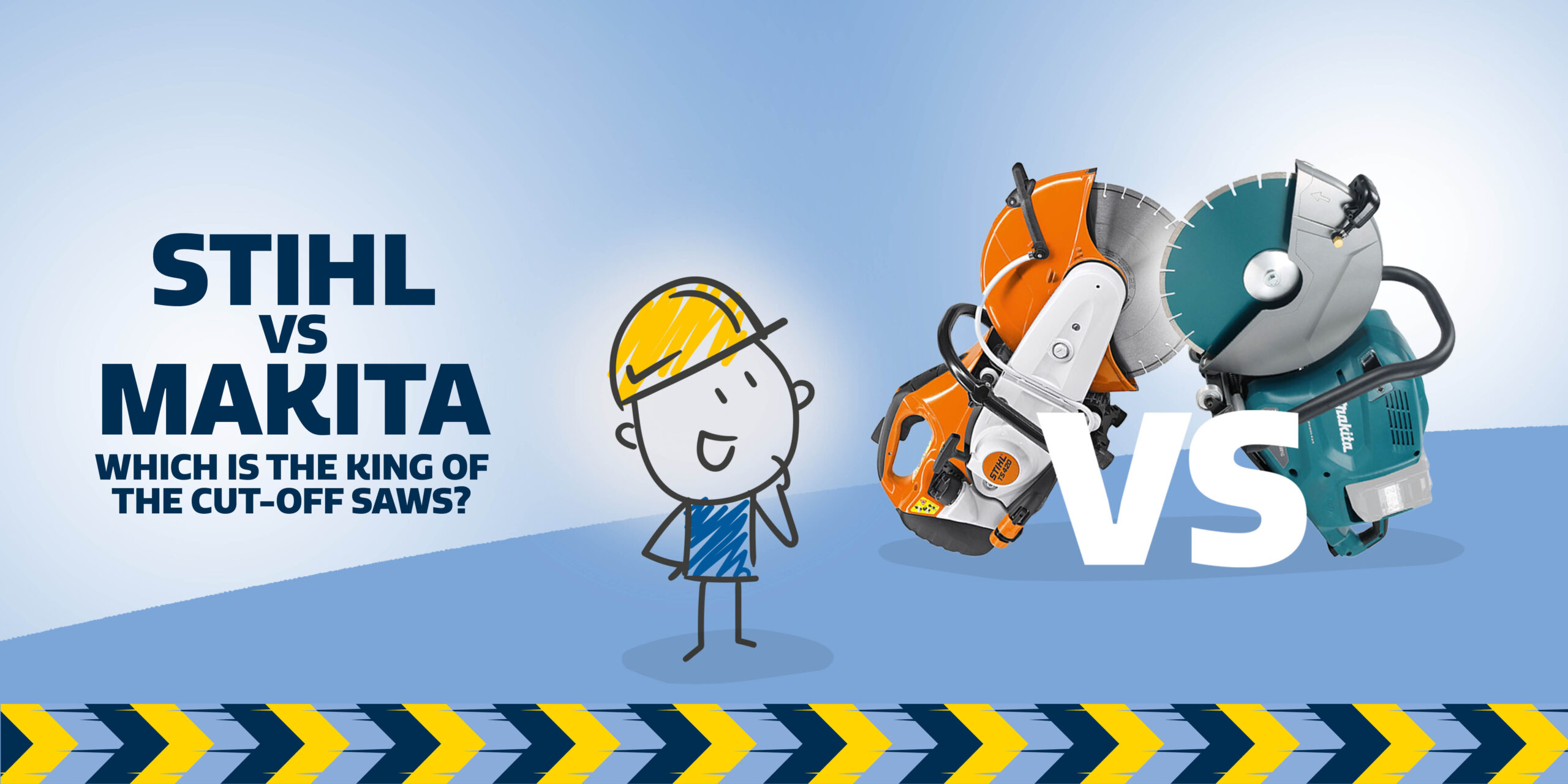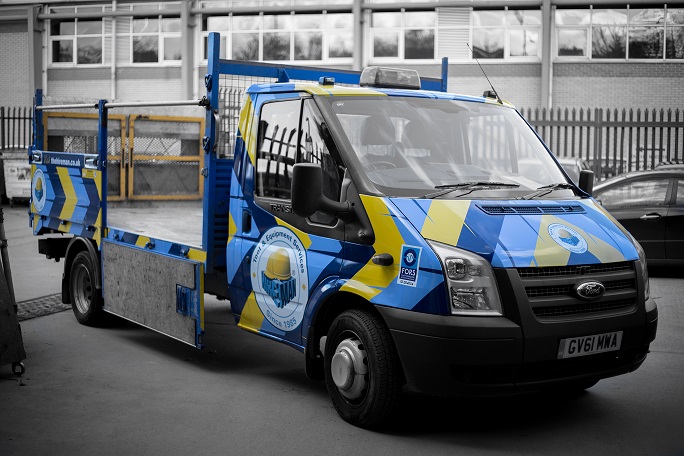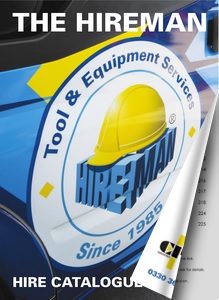The Makita CE001G is making a commendable attempt to steal the cut-off saw crown from the reigning champion – Stihl. Whilst they’re both renowned for their ability to effortlessly cut concrete, the big difference is their power source. Makita boasts a twin 40V battery system, whereas the Stihl TS420 and TS410 are equipped with their traditional 2-stroke petrol power.
Let’s take a deeper look at what makes the Makita CE001G a worthy contender.
What are the advantages of battery-powered tools compared to fuel-powered tools?
The key advantage of battery-powered tools is convenience. The very nature of 2-stroke fuel is that it needs a precise mix of unleaded petrol and oil to lubricate the engine correctly. If this is neglected, the engine may seize, causing damage to the saw and creating costly delays. There is also the inconvenience and hazards associated with storing petrol and oil compared to spare batteries. The 40V batteries used for the Makita CE001G are compatible across the entire Makita XGT range, making it flexible and convenient.
However, there is a trade-off for the convenience of battery power, and that is weight. The Makita saw comes in at 14.1kg compared to 9.78kg for the TS420 petrol saw. At almost a third more, this may lead to operator fatigue if used for long periods of time.
What should you consider when choosing a saw?
Cut-off saws are one of the most versatile tools on the market, but each saw has its own unique features worth mulling over when purchasing.
Power
Higher horsepower allows you to carry out more specialised tasks, work with a wider pool of materials and provide accurate results.
Of course, both are powerful tools, but the Makita CE001G has a slight edge in power with its 5.1 horsepower engine, enabling faster and more efficient cutting.
Environmentally friendliness
Environmental impact is quickly becoming an important factor when choosing the right equipment, and with climate change being a hot topic, protecting our environment is more crucial than ever.
Fossil fuel powered tools are known for their negative impact on the environment. When fuel is used to power the tool, it emits carbon monoxide (CO) fumes and particle matter into the atmosphere, creating pollution.
Fortunately, battery-powered tools like the Makita CE001G produce zero emissions, making them safer to use for the operator and can help businesses work towards their low emission targets.
Noise
Petrol engines are inherently noisy in comparison to the electric motor in the Makita saw, which is almost silent. Naturally, the operating sound of both machines will require ear defenders, but with electric tools, the background chatter of idling and revving 2-stroke engines is removed. This may be particularly relevant when used in residential and built-up areas where neighbours are a consideration.
Safety
All power tools are inherently dangerous without the correct training and safety equipment, but the Makita cut-off saw features an electric brake and anti-restart function for added safety. Zero emissions from the Makita saw also allow it to be used in enclosed spaces where exhaust fumes from the petrol powered Stihl would prohibit its use.
What saw should you choose?
Despite the disparity, both saws share features that enhance performance during use, including anti-vibration systems, reducing operator fatigue, and improving precision during function. Additionally, dust suppression and cooling during operation are supported through the water delivery system. The Makita cut-off saw features roller wheels on its body which, when cutting floors, can take the weight of the saw, aiding accuracy and minimising operator fatigue.
The Makita cut-off saw makes a compelling case for being the go-to saw for cutting abrasive materials on site. However, in real terms, to compete with the Stihl, you would need several battery packs ready to go, which makes the Makita more expensive to operate compared to the Stihl. The greater weight of the Makita over the Stihl means for all-day operating, the Stihl has the edge in terms of operator fatigue.
There are, however, many advantages to the Makita. Being battery powered makes it simpler to use, and not needing fuel and oil means that there is no need for the additional expense of a COSHH cabinet as well as minimising operator error in mixing fuels incorrectly – we can attest to the number of repairs we perform on broken petrol saws because of this reason!
The Makita is superb for specialist applications where exhaust fumes would be an issue. If you have already committed to the Makita 40V ecosystem and have spare batteries, then economically, the Makita is a viable option. With many construction sites in London switching to battery-only solutions, we expect to see the demand for tools like the Makita CE001G to increase over time.
Ultimately, the choice between these two saws will depend on your specific needs and budget.
Hire a cut-off saw today with The Hireman
If you’re interested in hiring the Makita CE001G or the Stihl TS420, or the TS410, get in touch, and we will do the rest.

 Find a Depot
Find a Depot
 Hire Portal
Hire Portal
 Your Basket
Your Basket






 Tool hire made simple
Tool hire made simple
 Pop into one of our depots
Pop into one of our depots